Alaskan Resident Killer Whales
Killer Whale (Orcinus orca)
Killer Whales are fascinating creatures, associated with a wealth of science, lore and stories.
This page is meant to give you a taste of some of the fascinating facts, anecdotes, research and stories about individual whales that have made this topic so intriguing to us. This page, with links, is by no means an exhaustive list of resources, but is intended to give you just a glimpse into the wondrous world of Killer Whales.
Some First Nations perspectives on Killer Whales
The BC coastline is the traditional territory of numerous different groups of First Nations people. Although the perspective on Killer Whales differs for the various nations, they seem to always be held in high regard, representing the ruler of the undersea, a family crest or the most powerful animal in the ocean. There are many stories associated with Killer Whales, and as such they are commonly portrayed in the artwork of the Coastal First Nations, on poles, in paintings and sculptures.
A Few Facts on Killer Whales (Orcinus orca)
Killer Whales are toothed whales (Odontoceti), and the largest member of the Dolphin Family (Delphinadae)
They can be found in all of the word's oceans (absent only from the Baltic and Black Sea, and some parts of the Arctic Ocean). This NOAA poster shows the variety of Killer Whale ecotypes and forms found around the world.
As a species, their diet is very diverse. However, certain ecotypes of Killer Whales will specialize in hunting specific prey. For example, some Norwegian Killer Whales specialize in feeding on herring, and Northeast Pacific Killer Whales (one of our local killer whale ecotypes) specialize in hunting salmon.
They use a variety of very sophisticated hunting techniques, from pushing water over ice and rocks to wash seals off, to "carousel feeding" - (scaring herring with their white undersides, and then stunning the fish with their tail), to using echolocation to determine preferred salmon species.
On the Pacific northeast (the coastline of BC), there are 3 known Killer Whale ecotypes that frequent these waters; Bigg's (Transient) Killer Whales, Resident Killer Whales, and Offshore Killer Whales. These 3 ecotypes do not mate with each other, and rarely interact.
Bigg's (Transient) Killer Whales are marine mammal hunters, feeding on seals, sea lions, porpoises, dolphins and even other whales. The one marine mammale they don't mess with?... Resident Killer Whales!
Resident Killer Whales are salmon-eating killer whales, specializing specifically on Chinook Salmon. There are two populations of Resident Whales that live around Vancouver Island - Southern and Northern Resident Killer whales. The southern Resident Killer Whale population is made up of 76 individuals, and is considered an endangered population.
Unlike the other two ecotypes, Offshore Killer Whales weren't identified until 1979, and only confirmed as a distinct population in 1989. As well, it was only relatively recently that their diet was determined to primarily consist of Pacific Sleeper Sharks, using DNA analysis to confirm what worn down teeth and scarred bodies hinted at.
Though interbreeding is still possible between all the groups, it has been speculated recently that sympatric speciation may be occurring, though the reason has not been confirmed (diet seems to be one suggestion). Genetic analyses suggest, for example, that Bigg's Killer Whales haven't interbred with Resident Killer Whales for roughly 700,00 years!
Killer Whales are highly social animals, and are matrilineal; males and females will follow their mother, grandmother, or in some cases, even their auntie.
They exhibit sophisticated vocal techniques, especially among Resident Killer Whales that don't need to be 'quiet' in order to surprise their prey.
Famous Killer Whales
'Moby Doll' - In 1964 a southern resident killer whale was harpooned off of East Point Saturna Island (near southern Vancouver Island). The individual – originally thought to be a female, but later determined to be a male - didn’t die from the injury (as was unfortunately intended). It was then decided that it would be transported to the Vancouver Aquarium in order to study the animal, as one had never been held in captivity before. Though tragic in it’s outcome, Moby Doll offered scientists the first opportunity to learn about killer whale diet (he was not a marine-mammal eater as they originally assumed), and a chance to study orca vocalization. His international popularity resulted in a major change in Western culture public opinion, from 'monster' killers to complex marine mammal.
Stay tuned for more stories about Killer Whales as we update this page!
Feel free to contact us if you have questions or would like to join our Ultimate Killer Whale Tour.
Ultimate Killer Whale Tour. We greatly enjoyed watching and listening to this pod of Northern Resident Killer Whales, during one of many lovely moments aboard the Columbia 3...



